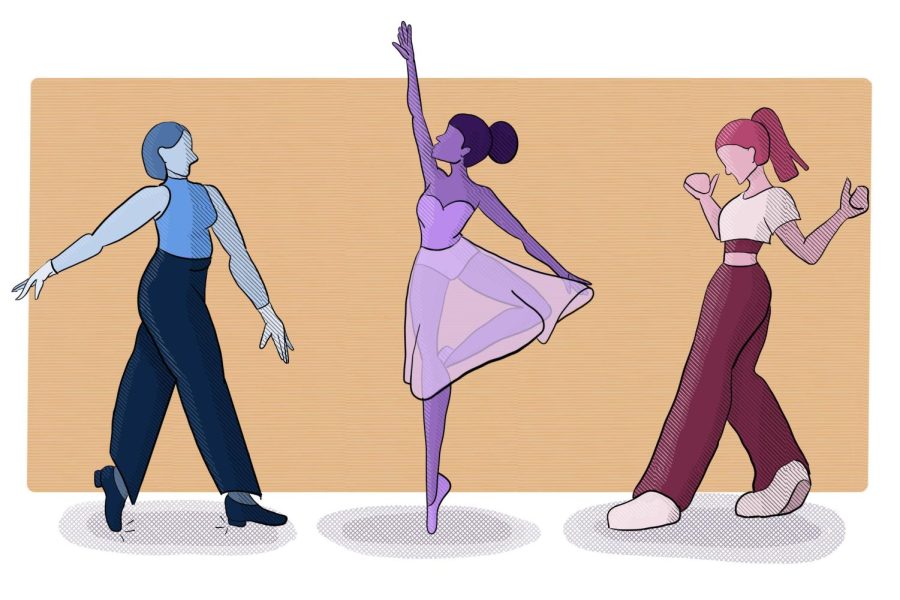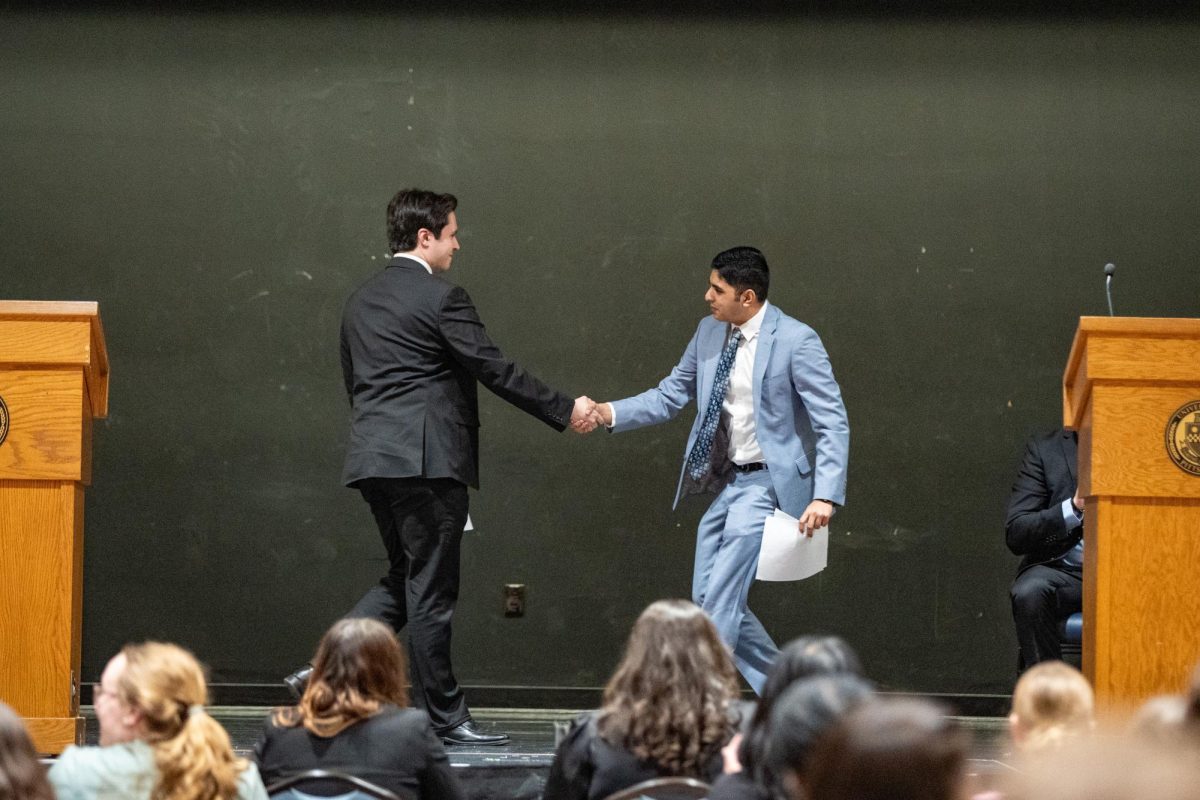Opinion | Dance is a sport
October 28, 2022
I danced for basically my entire life and only stopped once I arrived at Pitt, but before I stopped, people were honestly amazed at what my body accomplished. Countless people have asked how my body could move the way it did, how I learned to do it, how I got so flexible and so on.
The reason these questions permeated my dance life is simple — dance is not widely accepted as a sport. Most times people complimented how beautiful and natural I looked on stage, but made no mention about the time, effort, dedication and the intense training my body went through to get at my high level of dance.
Just like other sports, one cannot fully understand the intensity, work ethic and stamina that goes into becoming a dancer unless you were or are one. Dancing encompasses every aspect of your person — the physical, mental and emotional. In my experience, dancing is often disregarded as a sport, even though it is an incredibly hard skill to cultivate and is more physically demanding than any other sport I have participated in. Trust me, my body has everlasting physical repercussions from my many years of dance.
A sport is defined as an activity that involves physical exertion and skill where individuals or teams compete against one another for entertainment — a categorization that dance fits into. Dance requires athleticism, but without the required endurance, strength, agility, flexibility and practices made up of conditioning exercises, maybe then people could argue that dancers are not athletes. But consider having to complete 12 turns seamlessly in a row — without the proper balance and coordination one becomes immediately dizzy and will most likely topple over.
Another important aspect of a sport is that it is competitive. While some do not recognize dance as competitive, there are competitive dancers who participate in all kinds of competitions, such as regional and national competitions. Though not all dancers compete, there is still an immense amount of competition between dancers at the same studio.
Coaches of other sports utilize dance classes to help condition their athletes. Football players regularly take dance classes and complete ballet exercises to help hone their skills and improve their flexibility, strength and balance in a way that their regular practices would not focus on. If football players can use dance as a way to sharpen their skills and help them on the field, why is dance still so dismissed? Naturally, taking dance classes does not make an amazing football player, there are many more considerations. However, the fact that they use dance to improve certain skills shows just how important those skills are in sports. Why then is dance not overwhelmingly accepted as an actual sport?
In my experience, people who do not quantify dancers as athletes most times have sexist sentiments behind their opinion. Women make up 73.4% of the dance population compared to men, who make up 26.6%. Dance is commonly seen as a feminine activity due to the tutus, costumes, makeup and hair. Although these factors are present in dance, people should not hold the sport in less regard.
Others disagree, arguing that dance is just an artistic expression and not a sport. When individuals see dance as just an artistic expression, they are likely thinking of professional dancers who are part of distinguished dance companies like the New York City Ballet, the Boston Ballet, the American Ballet Theatre or the Radio City Rockets. These dancers put their entire lives and careers into their craft. In these instances, dance is denoted as a physical exertion that taps into an audience’s specific emotions, defining it as art. Dancers are always performing, mixing their athleticism with their passion and artistry. Many fellow dancers consider dance an athletic art form while still referring to dancers as athletes.
While I agree that dance is an artistic expression, simply referring to it as such tells dancers that we are valued less than other athletes. Dance encompasses a multitude of complex aspects that includes both athleticism and artistic expression. Reducing dance to only an art form disregards the passion poured into any genre of dance. No matter how long a dancer has danced for, at some point, they have put their entire selves into perfecting this art form, pushing their bodies to the maximum.
Immersing myself in dance for so long has given me a biased position, but I believe that people’s perceptions of dance as a sport needs to be rethought. Working to eliminate their own biased views against a predominantly female sport is an important place to start.
Emily O’Neil writes primarily about societal issues, politics and campus life. Write to her at ero26@pitt.edu.



